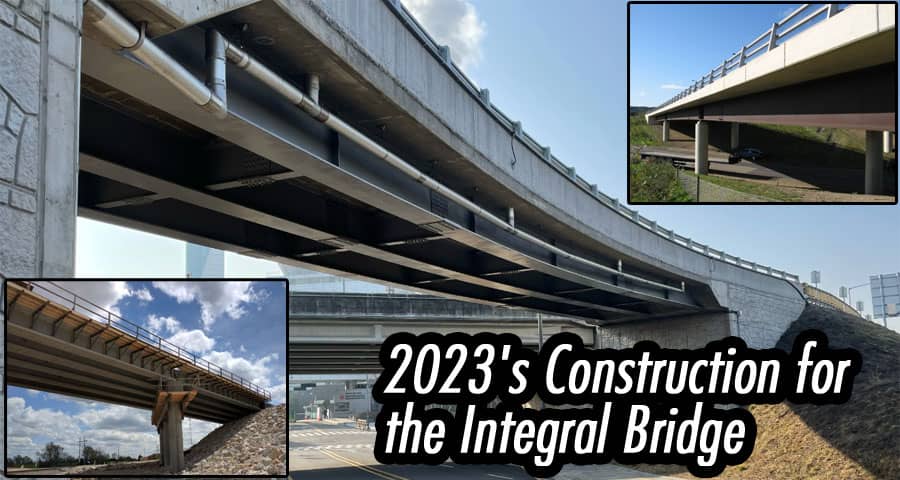2023's Construction for the Integral Bridge

In the ever-evolving world of civil engineering and infrastructure development, 2023 promises to be a groundbreaking year for the construction of integral bridges. These engineering marvels are poised to redefine the way we approach bridge design and construction.
What Is an Integral Bridge?
Defining Integral Bridges
An integral bridge is a type of bridge structure that is seamlessly connected to its abutments, eliminating expansion joints and bearings. This design allows the bridge to move as a single unit, providing improved durability and longevity.
The Significance of Integral Bridges
- Enhancing Structural Integrity: Integral bridges offer enhanced structural integrity by eliminating the need for expansion joints. This reduces maintenance requirements and ensures longer service life.
- Improved Safety: These bridges also improve safety by minimizing the risk of accidents due to joint failures or misalignments.
- Environmental Benefits: Integral bridges have a smaller environmental footprint as they require fewer materials and maintenance, making them a sustainable choice.
Latest Trends in Integral Bridge Construction
- Sustainable Materials: The construction industry is increasingly using sustainable materials in integral bridge projects, such as recycled steel and concrete, reducing environmental impact.
- Advanced Technology: Cutting-edge technology, like Building Information Modeling (BIM) and 3D printing, is being employed to enhance precision and efficiency in construction.
- Aesthetic Integration: Integral bridges are now designed to seamlessly blend into their surroundings, incorporating aesthetic elements that complement the local environment.
Challenges in Integral Bridge Construction
- Geotechnical Considerations: Proper soil analysis and foundation design are critical for the successful construction of integral bridges, as they rely heavily on the stability of the abutments.
- Budget Constraints: While integral bridges offer long-term cost savings, their initial construction costs can be higher, posing a challenge for project budgeting.
- Skilled Workforce: The specialized nature of integral bridge construction demands a skilled workforce with expertise in this field, which can be a limiting factor.
The Future of Integral Bridges
With technological advancements and growing awareness of the benefits of integral bridges, we can expect to see an increasing number of these structures in our infrastructure landscape.
Conclusion
2023 holds immense promise for integral bridge construction, with a focus on sustainability, safety, and innovation. As we look ahead, integral bridges will play a pivotal role in shaping the future of infrastructure.
FAQs
What makes integral bridges different from traditional bridges?
Integral bridges are unique in that they are connected seamlessly to their abutments, eliminating the need for expansion joints and bearings, which are common in traditional bridge designs.
Are integral bridges more expensive to build?
While the initial construction costs of integral bridges can be higher, they offer long-term cost savings due to reduced maintenance and extended service life.
How do integral bridges benefit the environment?
Integral bridges have a smaller environmental footprint as they require fewer materials and maintenance, contributing to sustainability in infrastructure projects.
What technologies are used in the construction of integral bridges?
Advanced technologies such as Building Information Modeling (BIM) and 3D printing are increasingly utilized to enhance precision and efficiency in integral bridge construction.
